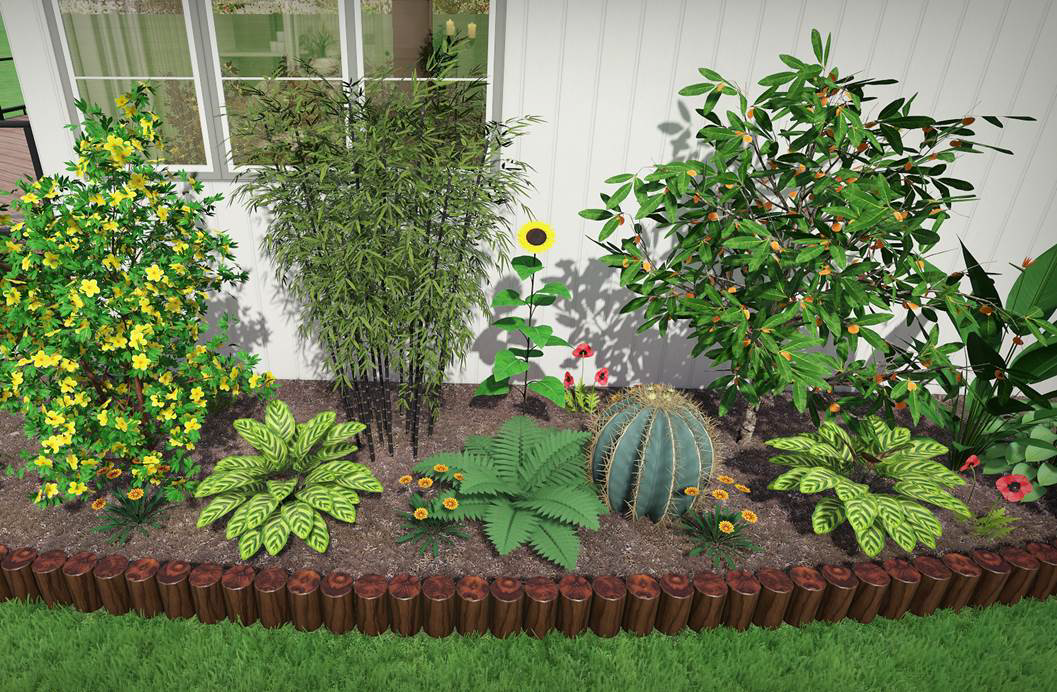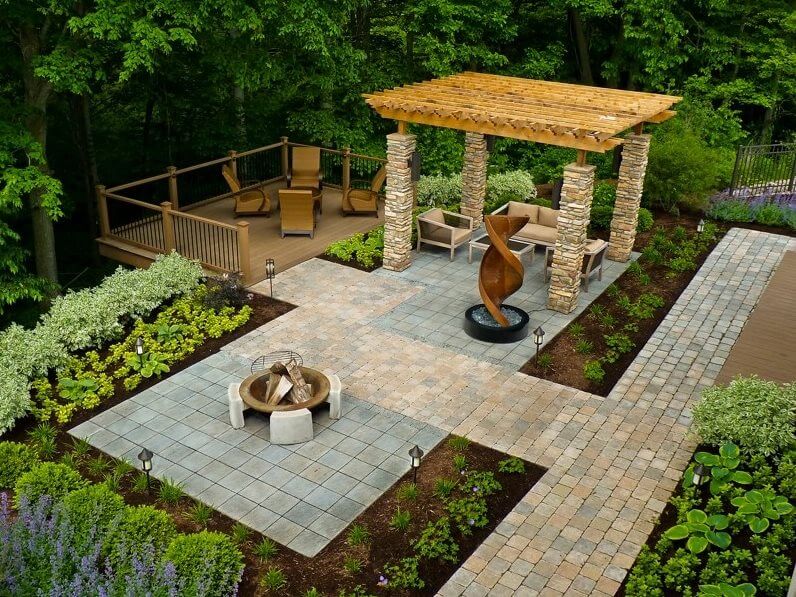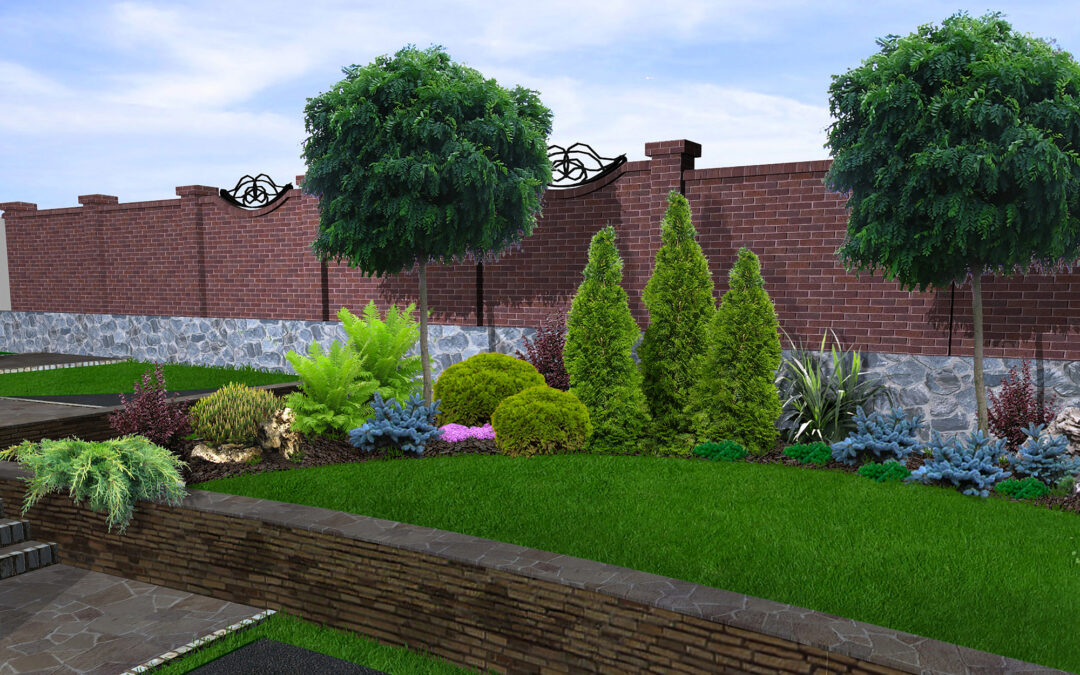Landscapers Can Be Fun For Everyone
Landscapers Can Be Fun For Everyone
Blog Article
The Basic Principles Of Landscapers
Table of ContentsAbout LandscapersLandscapers for DummiesThe smart Trick of Landscapers That Nobody is Talking AboutWhat Does Landscapers Mean?The 6-Second Trick For Landscapers
- A tree or bush (hedge) that loses its leaves in winter season. In the PNW there are semi-deciduous or semi-evergreen plants that may shed their fallen leaves depending upon just how chilly the winter season is. Abelia and some hebe are fine examples. Landscapers. - A level gathering area, made from wood or composite material (made to appear like timber), commonly nearby or affixed to a framework.

- Granite that is weathered to the point that it is an extremely fine accumulation. This is an all-natural procedure, and the outcome can be made use of for paths and patios. Disintegrated granite is commonly referred to as DG. It is particularly valuable in contemporary landscapes. - Trick landscape functions being recommended in a landscape design strategy.
Our Landscapers Statements
These objectives lead the style process, not the developer's design or preferences. Typical design objectives in Rose city are low upkeep, dry spell forgiving, and animal pleasant. - Refine for getting rid of or thinning the dead lower degree of a mature grass. Thatch is lawn that has passed away and gathered below the eco-friendly blades.
However, with time this layer can get really thick and make it difficult for water, sun, and nutrients to get to parts of the turf.- The process of accumulating and controlling the circulation of water on a property. This can be made with grading, French drains pipes, completely dry wells, permeable surface areas, sump pump, rain gardens, and a lot more.
- A slow-moving feeding irrigation system that utilizes adaptable tubes and emitters to send an accurate amount of water to each plant. - The capacity of a plant to make it through without much summer season water.
- A garden attribute where water is stood for by an aggregate stone item, normally a gravel or granite. These are most generally located in modern-day and Japanese garden layout.- A rock or natural flagstone patio, course, or pathway developed without a concrete base. The base would certainly be compressed crushed rock and the joints would be an accumulation or walkable ground cover.
Landscapers Fundamentals Explained
- A rock keeping or free standing wall surface built without the usage of mortar. - A below ground structure that accumulate water and allows it to reduce percolate right into the soil around it.
Landscape design that works with a sites' environment in both appearance and sustainability without unfavorable impacts to the environment. Bordering in the landscape is a line of demarcation that develops visual interest in the garden by separating one sector from another sector. This can be aesthetic or practical, maintaining one element (such as pea gravel) from obtaining mixed into an additional (like bark dust).
Locations can also have a feeling of "room" given by trees, other plantings, fences, or displays. The landscape near the access to a structure. A tree, hedge or vine, trained to grow on a wall surface or fencing right into a details pattern. Especially helpful for fruit trees, making it simple to gather the fruit and containing mess.
A plant that is not indigenous to the area where it will be grown. Not all "exotics" are intrusive or damaging, and several can be well behaved or drought forgiving (Landscapers). find more info A mass growing of brushes. Thicker bladed turf grass that spread through rhizomes.: The click for more info level of soil on your home before bark dust or compost is spread.
The Landscapers Statements

The objective, reason, or activity that an area is be landscaped for. Room for expanding plants for viewing, eating, or physical task.
Rock product, either rounded or fractured, that is fairly small- generally 1" or less. Reduced plants that are allowed or motivated to spread over an area. Can describe any type of "tough" yard elements including statuary or boulders however the majority of typically is made use of to describe paths, patio areas, and walls.: Height difference between the level of water in a fish pond (or the degree of the pump if it rests outside the fish pond) and the upper outlet of water which affects efficiency of the water pump in gph (gallons per hour). Thick hedges or trees that create a fencing, display, or border.

See This Report on Landscapers
A more kicked back garden controlled by curved instead of straight bed lines and a less stiff framework. Standard PNW landscapes are informal. A plant that spreads out more than wanted, or into environments where it does damage. Portland has a checklist of invasive plants that need to not be installed in landscapes due to the fact that they can spread to forests or rivers and be navigate to this site challenging to regulate.
Can include head placements and coverage, pipeline sizing, GPM specifications, and materials required to install this system. Accredited specialist that designs landscapes, schooled in engineering and design as well as in gardening.
Landscape designers typically have much less education than Landscape Architects and are not accredited. A finished landscape style, detailing all elements for the brand-new landscape.
A water limited HDPE material used underneath fish ponds, streams and waterfalls in water attributes. Utilizing lots of plantings of the very same range to fill up in an area in the landscape.
Report this page